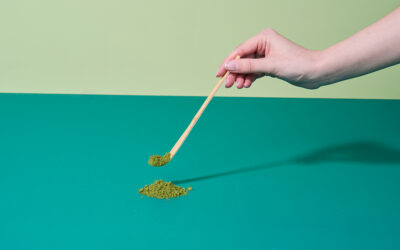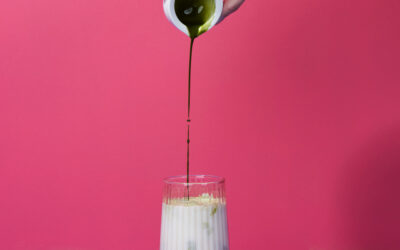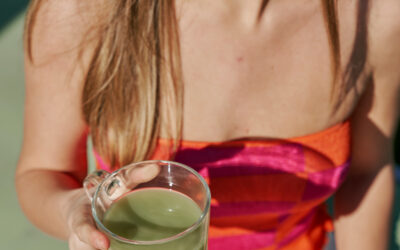Our skin is the largest organ we have and so it is no wonder that it’s very susceptible to many potentially damaging elements. For instance, things such as dust, sun, harmful microbes, fungi, genetics, hormones and immune problems, can all impact the overall health of our skin. These irritants can clog pores and potentially activate the immune system which can increase localised swelling and inflammation as a defensive mechanism.
Turmeric has been used for thousands of years to treat various skin diseases and heal wounds. Now, research is proving these benefits using two scenarios, when turmeric is digested and when applied topically. Both methods have shown positive results in relation to skin health.
Specific to skin application, it is now proven that when topically administered, turmeric can directly deliver it’s benefits to the affected tissue, making it useful in treating skin-related disorders and therefore a great ingredient in skin products.

So what are the benefits?
As an anti-inflammatory, turmeric can reduce redness, swelling and scaring, and help to treat serious conditions such as psoriasis.
As an antioxidant, turmeric can impact the skin cells and in turn tighten the appearance of skin, reversing sun damage and slowing the ageing process.
Turmeric is also a natural antiseptic and antibacterial and so can be used as a natural face cleanser. When applied topically to the skin it will help to inhibit the growth of blemish causing bacteria and protect the skin against infection.
This is why various studies have shown turmeric to be effective when treating acne, eczema, rashes, inflammation and bruising. For instance, one study concluded that the extract obtained from the rhizomes of turmeric plant can be used in skin preparations to regulate excessive sebum secretion in persons suffering from acne and related problems.
But that’s not all….
Curcumin specially, the active ingredient in turmeric, has been proven to lighten skin by inhibiting the pigment melanin. From this, it would be fair to conclude that turmeric can therefore be used to treat dark circles, spots or uneven pigmentation.
And finally, although less documented, there is some evidence to suggest that after applying turmeric to the skin over a long period of time, there may be a slow in the growth of your unwanted facial hair and there may even be an overall improvement in the appearance of stretch marks
But the all important question, “Will it stain my skin?” The answer is no. Sure, you may appear yellow straight after use but this is only temporary and is ideally left this way for a little while or over night, so the curcumin can sink right into your skin. However be careful with bedding and towels, even your bathroom, as turmeric can leave stains on materials. If you do a mask during the day and want to ensure no curcumin yellow is left lingering, simply use a good cleanses post use and a face washer to remove the excess mask. Trust us, the yellow will naturally fade and will not leave any permanent discolouring.
Plus it is a great philosophy to only put on your skin what you are happy to eat and turmeric definitely ticks that box, so go ahead and try our beauty range!





